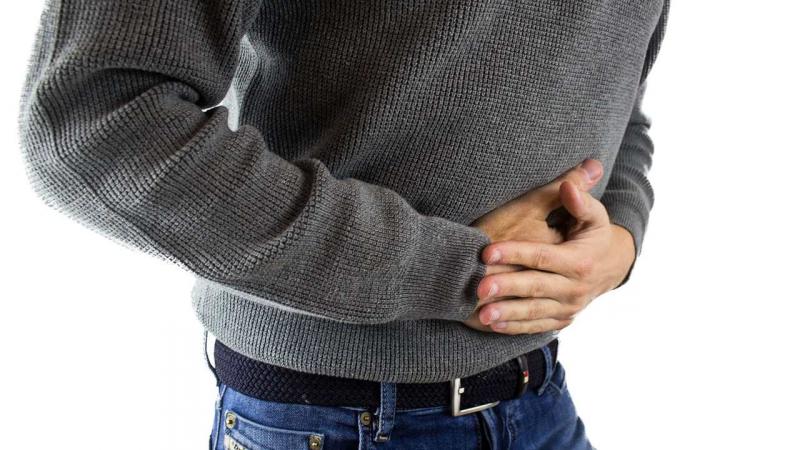
Ulcerative colitis is a type of inflammatory bowel disease—a condition that affects a whopping 10 million people worldwide, and its cause remains unclear. The condition damages the colon by impairing its inner lining of tissues, developing sores and causing inflammation. Although anti-inflammatory drugs are usually prescribed to treat it, a handful of reports point at some link between these drugs and relapse of inflammation. Now, scientists are exploring if micronutrients in the diet could help to treat this condition.
In a recent study, a team of researchers from Panjab University, Chandigarh and Post Graduate Institute of Medical Education and Research (PGIMER), Chandigarh, have discovered a link between selenium and colitis in mice. Selenium is an antioxidant and has anti-inflammatory properties. The findings of this study hint at the possibility of selenium relieving symptoms of ulcerative colitis. The study was published in the journal PLOS One and was funded by the Science and Engineering Research Board (SERB) and University Grants Commission (UGC).
In a healthy body, there is a balance between reactive oxygen molecules produced during the normal functioning of a cell, and antioxidants produced to neutralize them. However, under abnormal conditions like colitis, this balance is disrupted. Selenium, present in cereals, dairy products, meat, poultry and green peas can restore this balance. For adults, the recommended dosage of selenium is 55 micrograms per day.
An enzyme, known as cyclooxygenase-2 (COX-2), is a crucial player in causing colitis. It prompts the production of chemicals that cause inflammation in the mucosal tissue of the colon. A healthy body can heal such sores by producing anti-inflammatory compounds, but the production and activity of COX-2 are higher during colitis, worsening the inflammation. Anti-inflammatory drugs result in a relapse of the condition by causing nausea, vomiting and diarrhoea.
In the current study, the researchers have investigated how selenium affects COX-2 production during colitis. Although there are many efforts to understand how anti-inflammatory drugs help in ulcerative colitis, there is little information about the link between selenium and COX-2 production.
The researchers used a range of selenium salt concentrations (measured in parts per million) and fed mice with three different doses for about eight weeks. They then induced colitis in mice, following which they examined the colon tissues to see the effect of selenium on colitis. The researchers found that there was little damage to the colon in the mice that were fed the highest level of selenium (0.5 ppm). Those fed with the lowest dose (0.01 ppm) were the most vulnerable to colitis.
The researchers also observed that the functioning of the selenium-dependent proteins increased in mice treated with a high dose of selenium. In mice with low levels of selenium, the expression of the COX-2 gene increased, reflecting the state colitis.
While their findings show that the dosage of selenium is an important consideration, its efficacy depends on its form, the way it is administered, and the duration of the treatment. Besides, some studies have provided varying insights into the biological activity and toxicity of different forms of selenium. The researchers plan to use these observations to understand the mechanisms behind inflammatory diseases like ulcerative colitis and develop effective treatment plans against it.






